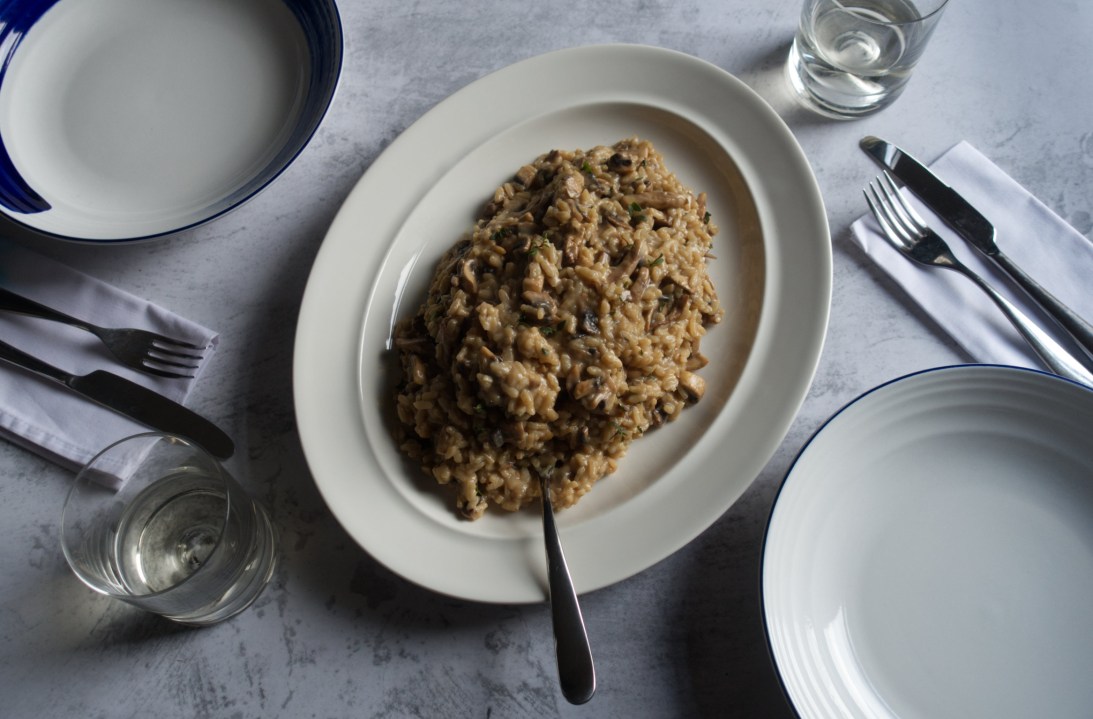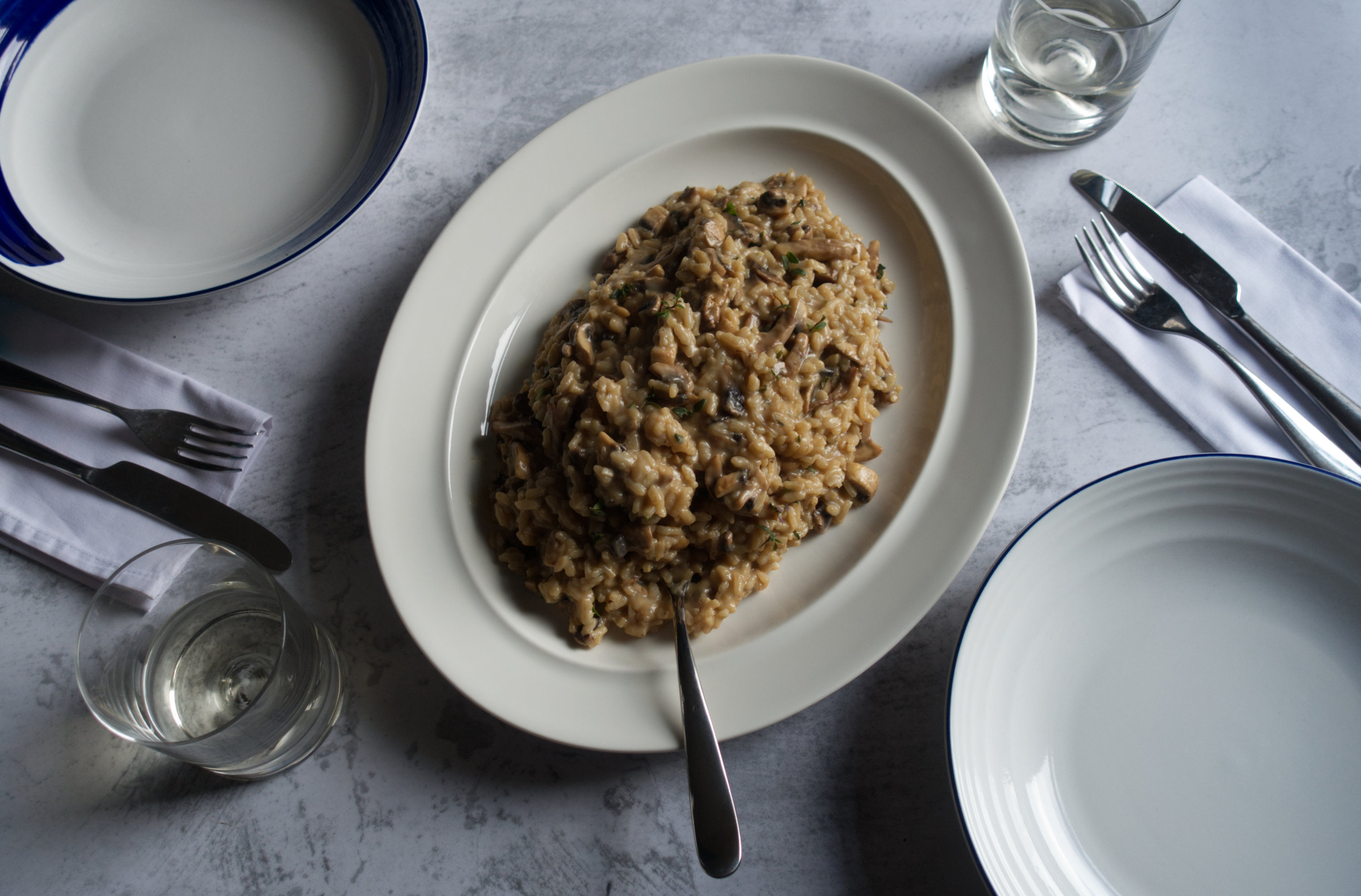I don’t know about you, but I’m finding it a little hard to get out of my own head, these days. I’m trying not to think about how long life has felt stalled, how many days we have spent inside the same four walls, save for a daily constitutional, how many more we have to do. Those projects of early lockdown – jigsaws, learning a new language, finally reading Moby Dick – have lost their allure. There’s little to define the days, or break them up; the weekends feel the same as the weekdays.
In an attempt to get close to culinary mindfulness (or mindlessness, I really don’t mind) I’ve found myself reaching for dishes that don’t require a lot of thinking, but do need attention. Risotto is meditative: anyone who knows anything about risotto knows that it must be stirred for ages. But it’s more than that: to make a risotto properly, you have to pass through a number of stages, one, two, three, four, five, six, something I find immeasurably comforting.

Get Britain's best politics newsletters
Register to get The Spectator's insight and opinion straight to your inbox. You can then read two free articles each week.
Already a subscriber? Log in







Comments
Join the debate for just $5 for 3 months
Be part of the conversation with other Spectator readers by getting your first three months for $5.
UNLOCK ACCESS Just $5 for 3 monthsAlready a subscriber? Log in